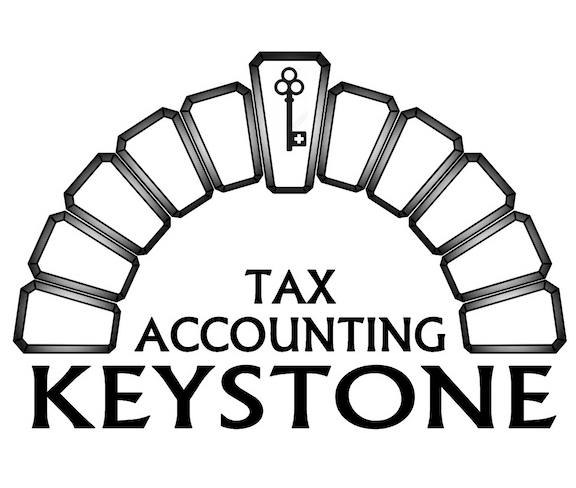What Is the Pretax Rate of Return?
The pretax rate of return is the return on an investment that does not include the taxes the investor must pay on this return. Because individuals’ tax situations differ and different investments attract varying levels of taxation, the pretax rate of return is the measure most commonly cited for investments in the financial world.
KEY TAKEAWAYS
- The pretax rate of return is usually equal to the rate of return – the return most often quoted or cited for investments.
- It enables comparisons to be made across different asset classes.
- It does not take into account capital gains or dividend taxes like the after-tax rate of return.
How to Calculate the Pretax Rate of Return
The pretax rate is calculated as the after-tax rate divided by one less the tax rate.
What Does the Pretax Rate of Return Tell You?
The pretax rate of return is the gain or loss on for an investment before taxes are taken into account. The government applies investment taxes on additional income earned from holding or selling investments.
Capital gains taxes are applied to securities sold for a profit. Dividends received from stock and interest earned on bonds are also taxed at the end of a given year. Since dividends on stocks may be taxed at a different level from interest income or capital gains, for example, the pretax rate of return enables comparisons to be made across different asset classes. While the pretax rate of return is an effective comparison tool, it is the after-tax rate return that is most important to investors.
Example of How to Use the Pretax Rate of Return
For example, assume an individual achieves a 4.25% after-tax rate of return for stock ABC. The capital gains tax is 15%. The pretax rate of return is therefore 5%, or 4.25% / (1 – 15%).
For a tax-free investment, the pretax and after-tax rates of return are the same. Suppose that a municipal bond, bond XYZ, that is tax-exempt also has a pretax return of 4.25%. Bond XYZ, therefore, would have the same after-tax rate of return as stock ABC.
In this case, an investor may choose the municipal bond because of its greater degree of safety and the fact that its after-tax return is the same as that of the more volatile stock, despite the latter having a higher pretax rate of return.
In many cases, the pretax rate of return is equal to the rate of return. Consider Amazon, where owning the stock for 2018 would have generated a return of 28.4% – that’s the pretax return and rate of return. Now, if an investor had calculated the after-tax rate of return for their Amazon return using a 15% capital gains tax rate, it would be 24.14%. If we only had the tax rate and after-tax return, we’d calculate the pretax return with the formula 24.14% / (1 – 15%).
The Difference Between the Pretax Rate of Return and After-Tax Return
While pretax rates of return are the returns most often displayed or calculated, businesses and high-income investors are still very interested in after-tax returns. This comes as the tax rate can have a meaningful impact on their decision making – from what to invest in during the timeframe they hold the investment for.
After-tax returns take into account taxes – notably, capital gains taxes – while pretax does not. The rate of return usually isn’t displayed as an after-tax figure given the fact that each investor’s tax situation will vary.
Limitations of Using the Pretax Rate of Return
The pretax return is fairly easily calculated and most often what’s displayed when analyzing an investment – whether it be a mutual fund, ETF, bond or individual stock. However, it does leave out the fact that taxes most likely will need to be paid on any earnings or gains received as part of the investment.
If you have any additional questions, please don’t hesitate to call us at 408.412.3373 or email us at info@keystonetaxes.com.

Recent Comments